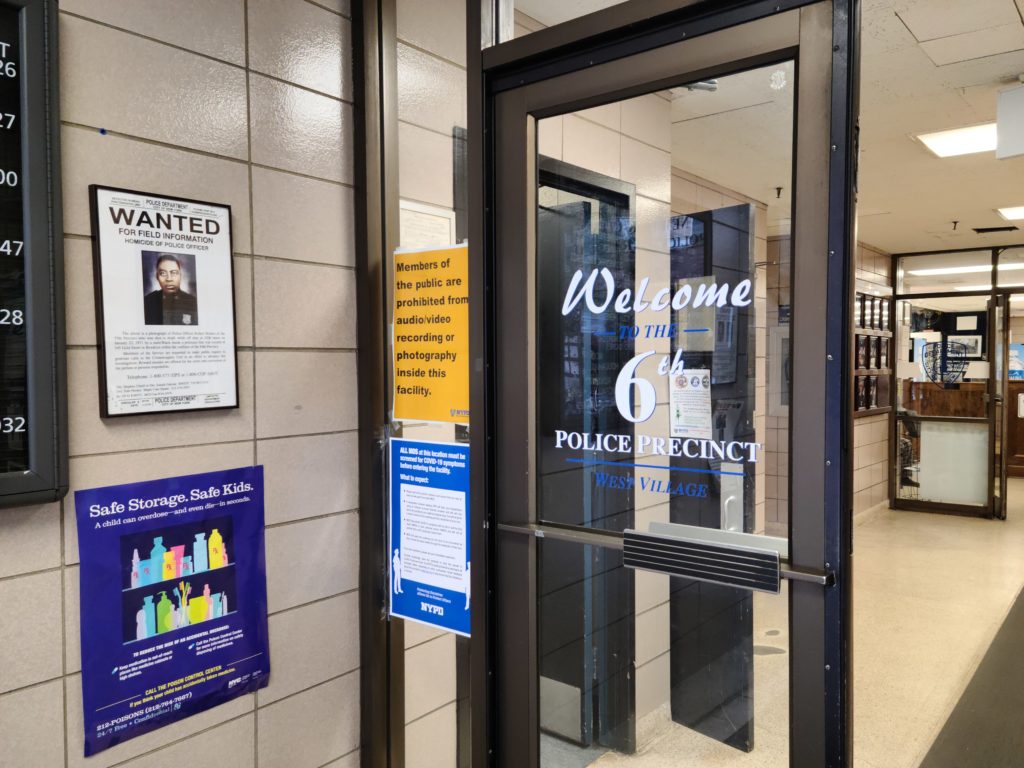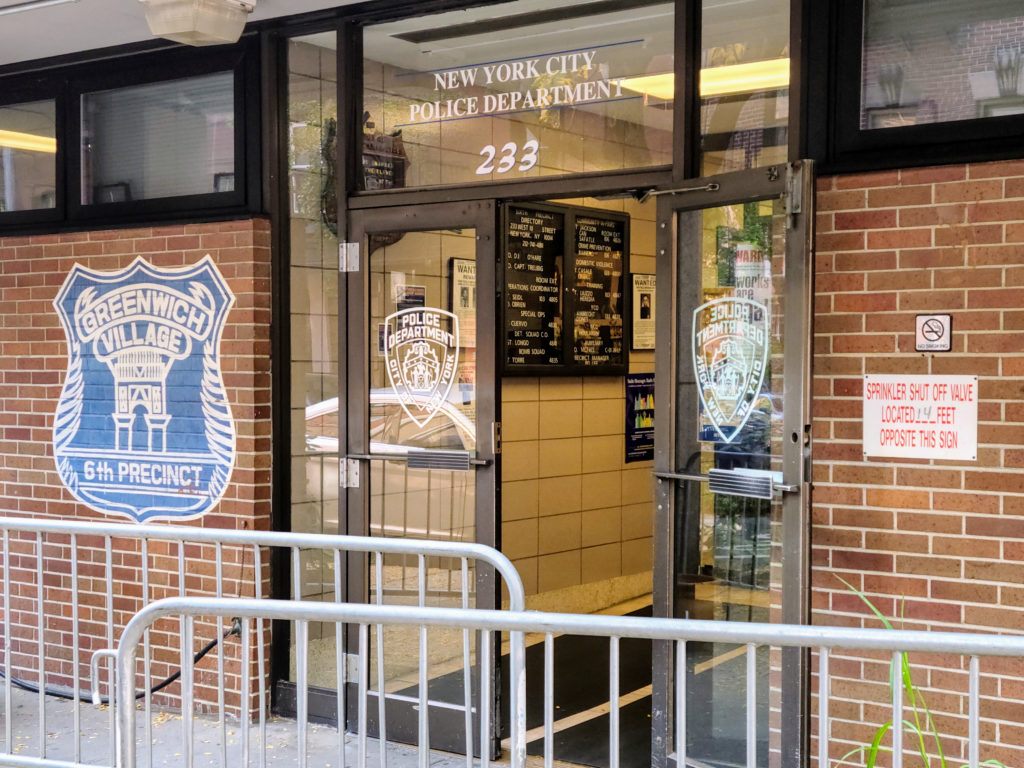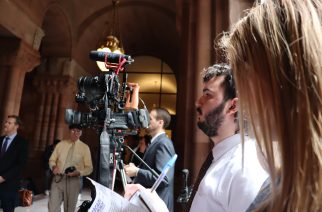
A landmark settlement was reached on September 5 in which the New York City Police Department agreed to overhaul its policing tactics regarding public protests. The settlement marks the resolution of a years-long case in which the department was accused of aggressive policing during the 2020 George Floyd protests, leading to violations of the protestors’ First Amendment rights.
When outraged New Yorkers took to the streets in 2020 in protest of police brutality and unjustified killings, they were met by the NYPD, who were initially deployed to monitor the peaceful protests. As tensions reached the breaking point, conflicts between the demonstrators and police officers broke out. In many cases, tactics used by the officers to quell the riots were deemed unnecessarily aggressive and violent. Many civilians were wrongfully arrested as well, critics say.
Jarrett Payne, a Queens resident, was injured and arrested by officers during the protests. With the help of the New York Civil Liberties Union and the Legal Aid Society, Payne and 10 other protestors filed a lawsuit against then New York City Mayor Bill de Blasio, former NYPD Commissioner Dermot Shea and several other members of the NYPD.
Payne and the other plaintiffs said they were harmed by officers using excessive force, resulting in injuries such as broken bones, head wounds and bruising. Many said they were falsely arrested. Much of the violent response was due to the fact that many of the officers deployed to monitor the protests were not properly trained to do so, and the participation of the NYPD’s Strategic Response Group. The SRG is a rapid response group whose aggressive tactics led to many injured protestors.
The attorneys accused de Blasio, Shea and other NYPD leaders of praising and encouraging officers in their handling of the protests, which promoted further aggression, violence and false arrests. Furthermore, officers were not held accountable for their actions and wrongdoings by their superiors.
Ultimately, the suit claimed that the defendants’ actions violate[d] the First and Fourth Amendments of the U.S. Constitution and their counterpart provisions of the New York Constitution.
“There’s really no way to put a price on the trauma and ongoing fear evoked by the NYPD’s brutality,” said Payne, the lead plaintiff in the case. “I am haunted everyday by the idea that the NYPD has the authority to harm me if they deem necessary, and potentially use it. Ultimately I am proud of the settlement we reached in this case … Hopefully it will signal to more people that they can stand up to their brutality as well.”

In 2021, New York State Attorney General Letitia James also filed a lawsuit against the NYPD for its mishandling of the 2020 protests. Other lawsuits from demonstrators harmed by the police department soon followed.
Earlier this month, a settlement was reached between the disputing parties. While the landmark agreement still needs to be approved by the court, the NYPD agreed to overhaul their strategies of policing protests, with the goal of minimizing violence and protecting the rights of protestors.
The NYPD’s purpose is to encourage and facilitate the exercising of First Amendment Rights, intervening only if necessary due to laws being broken. In the agreement, the NYCLU laid out multiple points of reform; accountability, oversight, and specified actions for different levels of protests.
“Too often, peaceful protesters have been met with force that has harmed innocent New Yorkers simply trying to exercise their rights,” said Attorney General James. “Today’s agreement will meaningfully change how the NYPD engages with and responds to public demonstrations in New York City.”
When protestors were wrongfully injured or arrested by officers a problem often arose: the officers guilty of the actions could not be identified. With the officers deployed en masse, and many covering their badge numbers, identifying abusers became a difficult task. Thus, new oversight is needed when policing protests.
Labeled the “First Amendment Activity (FAA) Senior Executive,” this senior official within the NYPD will be in charge of “overseeing and developing all policies, procedures, and police officer training consistent with this agreement.” The FAA executive is also responsible for leading all NYPD responses to public demonstrations. They will be responsible for documenting and reporting all actions taken by the NYPD during said demonstrations.
However, the groundbreaking focal point of the settlement lies in the new protocols the NYPD must abide by when policing protests. A four-tier response system is to be implemented for future protests; one that prevents the NYPD from indiscriminately deploying officers to monitor protests and encourage de-escalation strategies at all times.
Starting at Tier One, the NYPD is allowed to send designated liaisons to monitor the protests. These liaisons will be pulled from the NYPD’s Community Affairs Bureau and will be given the necessary training to facilitate protests. Patrol officers can be used to help manage traffic, however, they cannot be pulled from the SRG, or use equipment used specifically by the SRG.
Limiting the SRG and its powers has been a focal point for advocacy groups like the NYCLU. Since its inception in 2015, the SRG has received numerous complaints and was criticized heavily for the aggressive tactics used during the 2020 riots.
If critical infrastructure is in danger of damage or criminal activity is believed to be imminent, the NYPD may move on to Tier Two and deploy protest liaisons and more officers, if needed. The officers must be stationed out of sight of the protest.
Tier Three is reached when officers have probable cause for arrests of singular individuals and then can dispatch more officers to the scene. The number of officers sent must be appropriate to the number of individuals committing crimes. Arrests for specific low-level offenses must be authorized by officers holding the rank of at least Captain, before being made.
If protestors are trying to enter locations of sensitive nature without authorization, or criminal activity has reached a widespread level, then Tier Four can be reached. The NYPD is allowed, under the authorization of the incident commander and the FAA senior executive, to disperse the protest. They must give clear instructions to the crowd and must do so in a manner that all protestors can hear. The decision to disperse the protest must be specific and documented by the FAA senior executive.
In all tiers, use of force is highly discouraged, with the use of de-escalation tactics being the priority. During the 2020 protests, officers pepper sprayed, beat and harmed protestors like Payne and his fellow plaintiffs, who were innocent of any crime. A popular policing strategy, called “kettling,” was often used by officers. Kettling occurs when officers encircle demonstrators in order to corral and arrest them. This agreement bans the use of kettling and other intimidation tactics, and limits the use of other force, such as pepper spraying and beating with batons.
While this agreement has been welcomed by many, others still fear the repercussions of scaling back police activity at public demonstrations.
The Police Benevolent Association of the City of New York, which is the NYPD’s police union, has refused to sign on to the settlement agreement. Its president, Patrick Hendry, brought up their concerns regarding the safety of the police officers during future protests.
In a press release, Hendry said of the settlement, “It creates a regime that will enrich anti-police advocates through yet another monitorship disguised as an ‘oversight process’… The individuals and groups responsible for the 2020 violence and destruction will surely view this agreement as a green light to create more of the same.”









